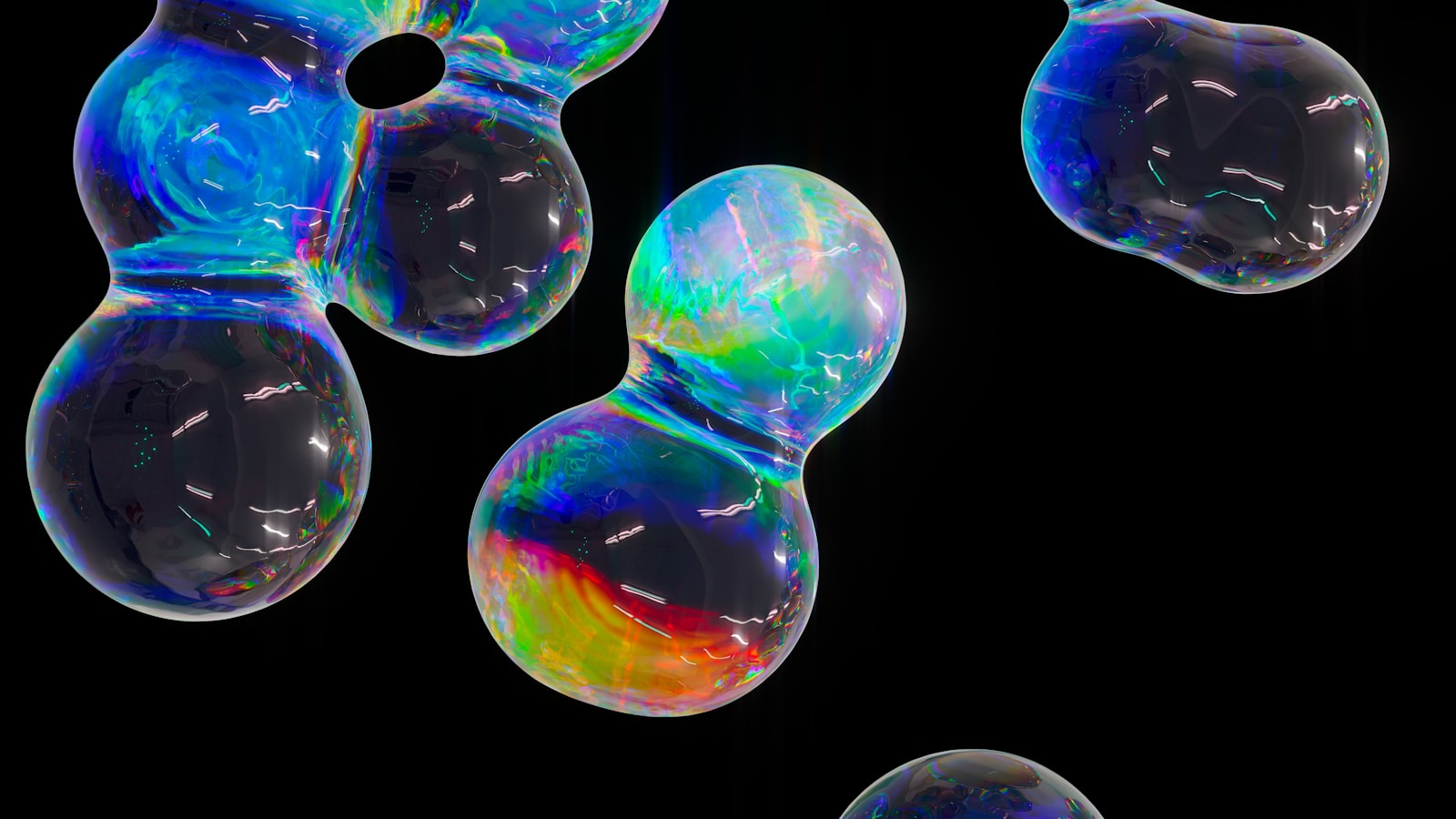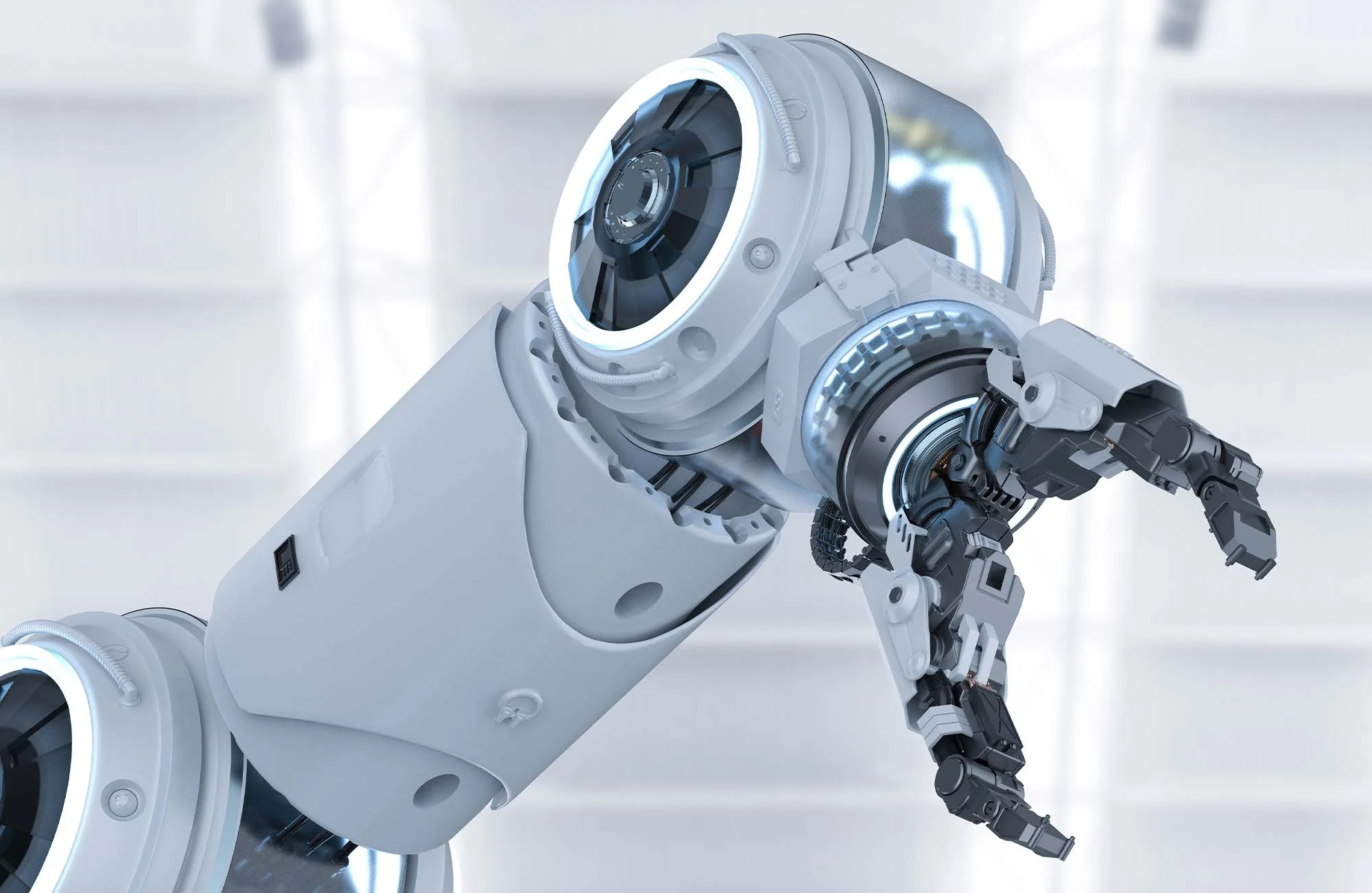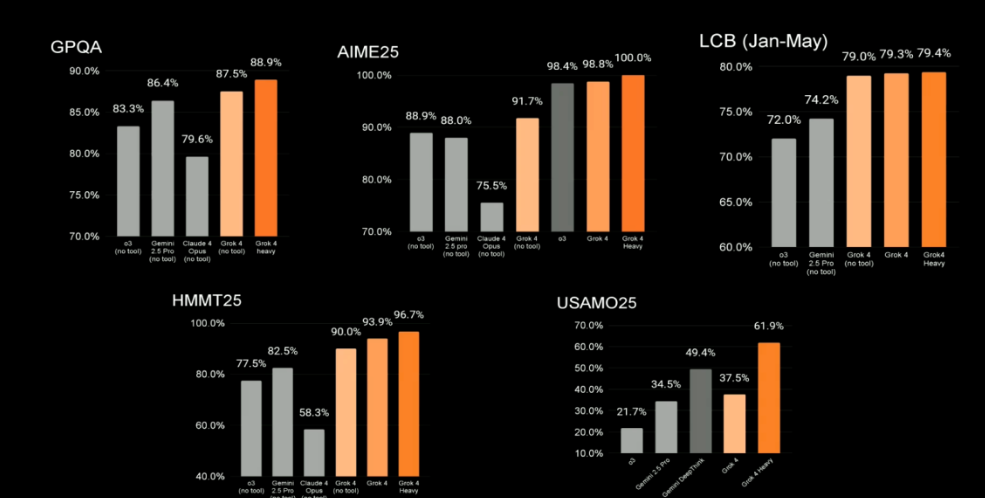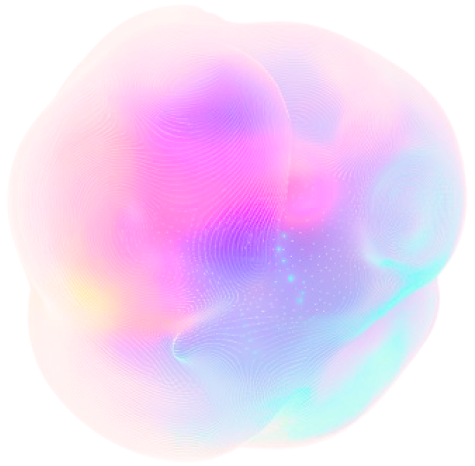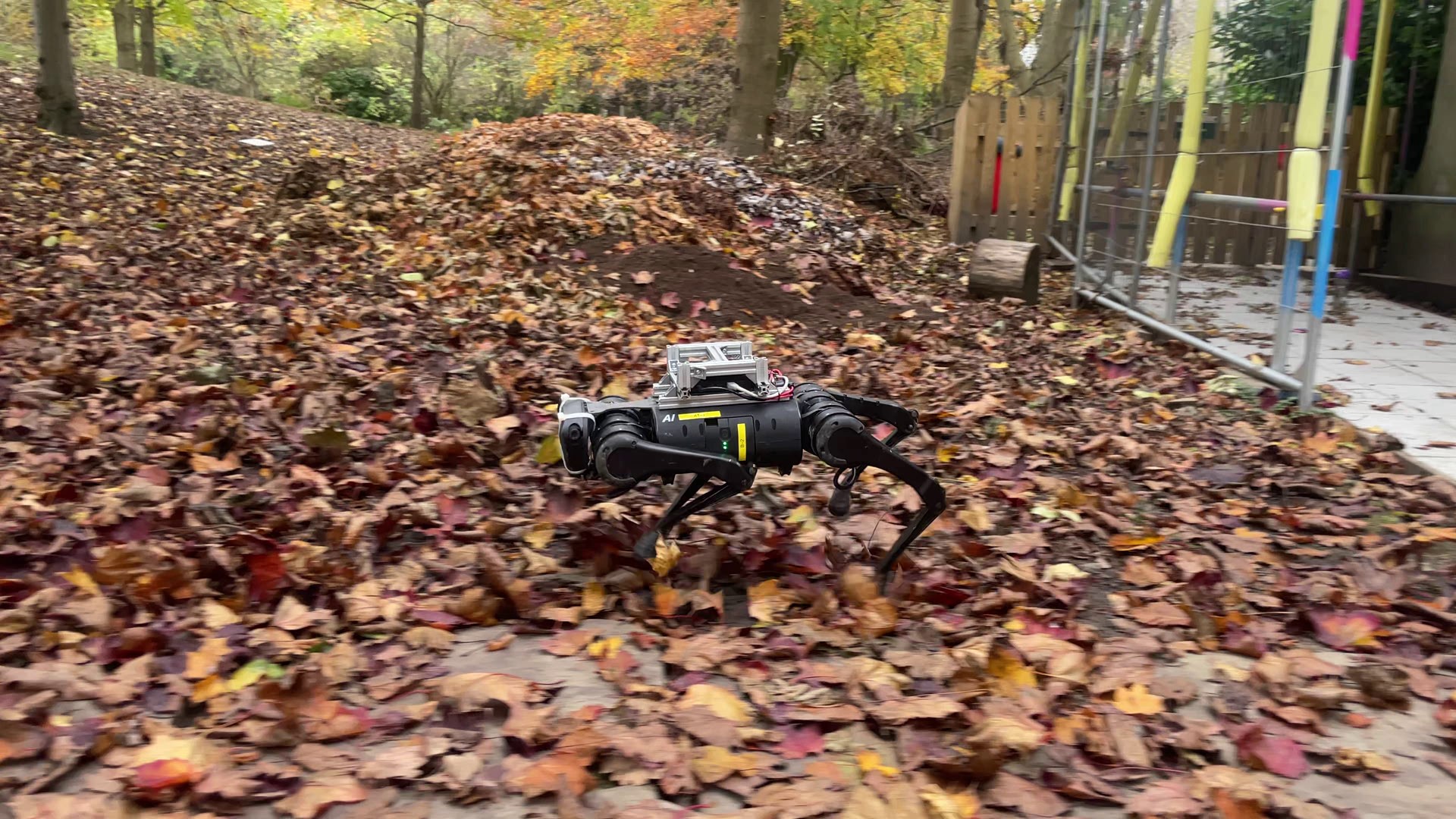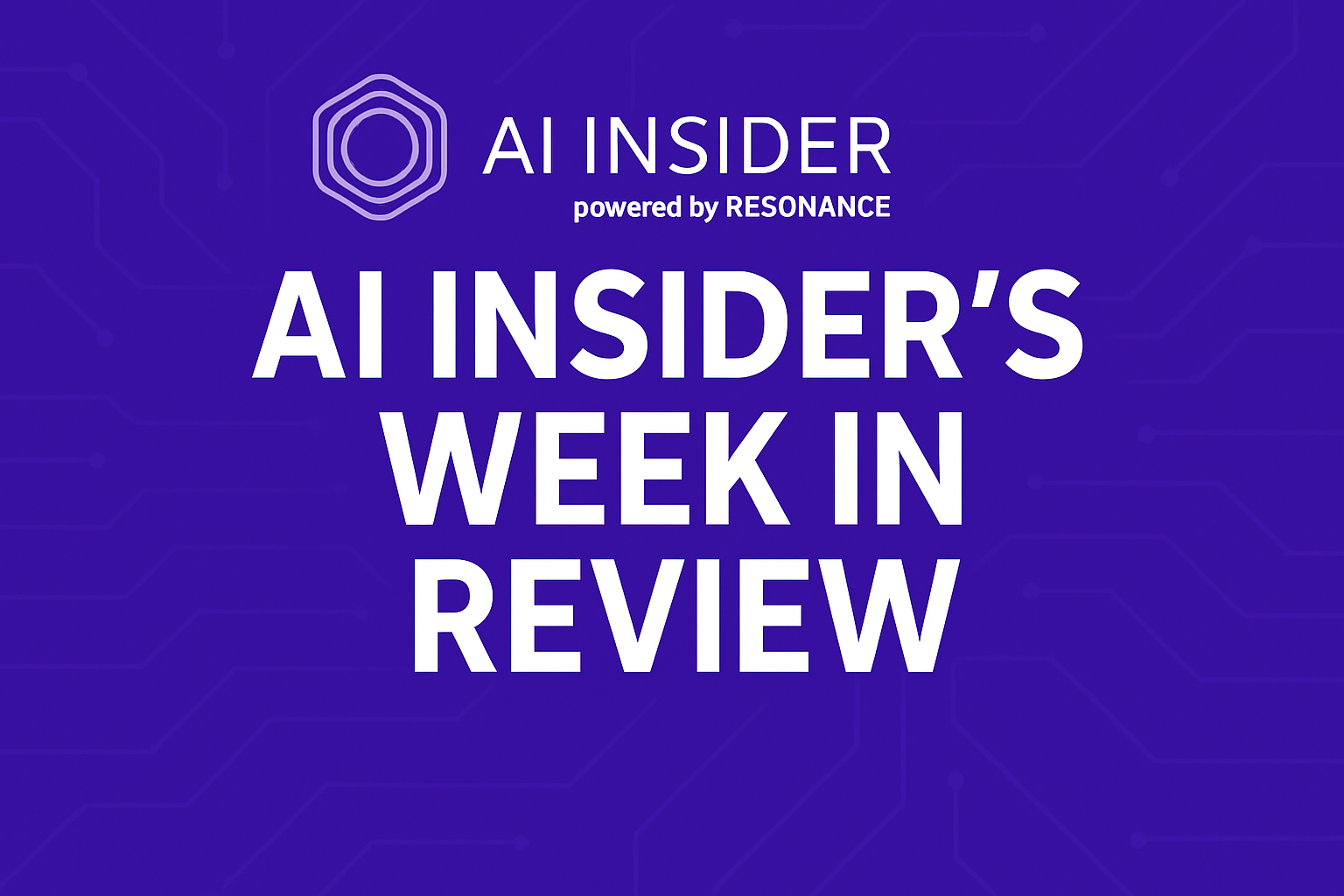Insider Brief:
- Researchers from the University of Toronto and the University of Illinois developed Closed-Loop Transfer, an AI-driven method, to optimize material discovery and gain deeper insights into chemical space.
- Closed-Loop Transfer combines AI-driven experimentation, physics-based feature selection, and experimental validation to refine the search for new materials.
- The study highlights the importance of interdisciplinary collaboration between AI and experimental science, demonstrating AI’s growing role in advancing chemical discovery and understanding molecular behavior.
A new study from the University of Toronto and the University of Illinois at Urbana-Champaign presents an AI-driven method for chemical discovery that may optimize the development of new materials. Published in Nature, the study introduces Closed-Loop Transfer, a combination of artificial intelligence and experimental techniques that improve our understanding of chemistry.
AI’s Role in Advancing Chemical Knowledge and Discovery
Artificial intelligence has already proved its relevance in the scientific domain from climate modeling to , improving image recognition in medical diagnostics, but, according to the study, its potential to uncover new chemical knowledge has room for improvement. In pursuit of this outcome, the research team came together to develop Closed-Loop Transfer, an integration of AI-driven experimentation, physics-based feature selection, and supervised learning to yield optimized materials and deeper chemical insights.
Closed-Loop Transfer consists of three distinct phases. In the first phase, the closed-loop discovery phase, automated experiments are continuously informed by AI predictions. These predictions refine the experimental design, and the resulting data, in turn, refines the AI models. The second phase uses this data and physics-based descriptors to extract physical insights and make broader predictions across chemical space. Finally, the third phase experimentally validates these insights and turns them into actionable knowledge for future research campaigns. As a whole, this not only optimizes the search for new materials but provides invaluable insights into the underlying properties of molecules, as highlighted by the study.
AI and Experimentation: A Synergistic Collaboration
Creativity does not exist in a vacuum—this effort required a combination of expertise to build out each part. The University of Toronto was central in designing the AI and modeling aspects of the project. Alán Aspuru-Guzik and Ph.D. student Austin Cheng led the team on using Bayesian optimization algorithms to guide the closed-loop experiments. These algorithms, grounded in physics-based features, allowed the researchers to optimize for highly photostable compounds relevant in applications such as solar energy and electronic devices.
Meanwhile, the University of Illinois focused on the experimental and computational work needed to validate the AI’s predictions. Researchers, including Martin D. Burke and Charles Schroeder, conducted automated synthesis and rigorous testing of small molecules, while Nicholas Jackson provided computational physical modeling to support the experimental efforts. This collaboration exemplifies the power of interdisciplinary research, with each team contributing a part of the puzzle.
A Vision for the Future of Chemical Discovery
The success of this study is a testament to the potential of AI to guide phases of scientific discovery. As demonstrated by the research, the synergy between advanced AI techniques and experimental methodologies opens new avenues for exploring chemical space and optimizing material discovery. This not only accelerates the development of new materials but also deepens our understanding of the fundamental principles governing molecular behavior.
The collaborative effort between the University of Toronto and the University of Illinois serves as a model for future interdisciplinary research. As AI continues to evolve, its integration with experimental science will undoubtedly lead to new paradigms of what it means to “do science,” driving a cycle of continuous improvement in our understanding of the natural world.
